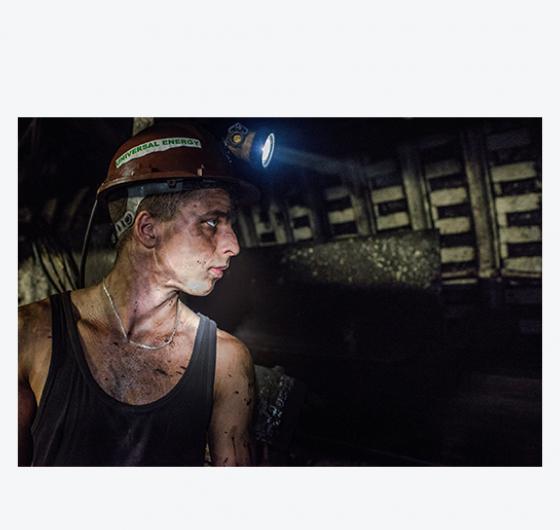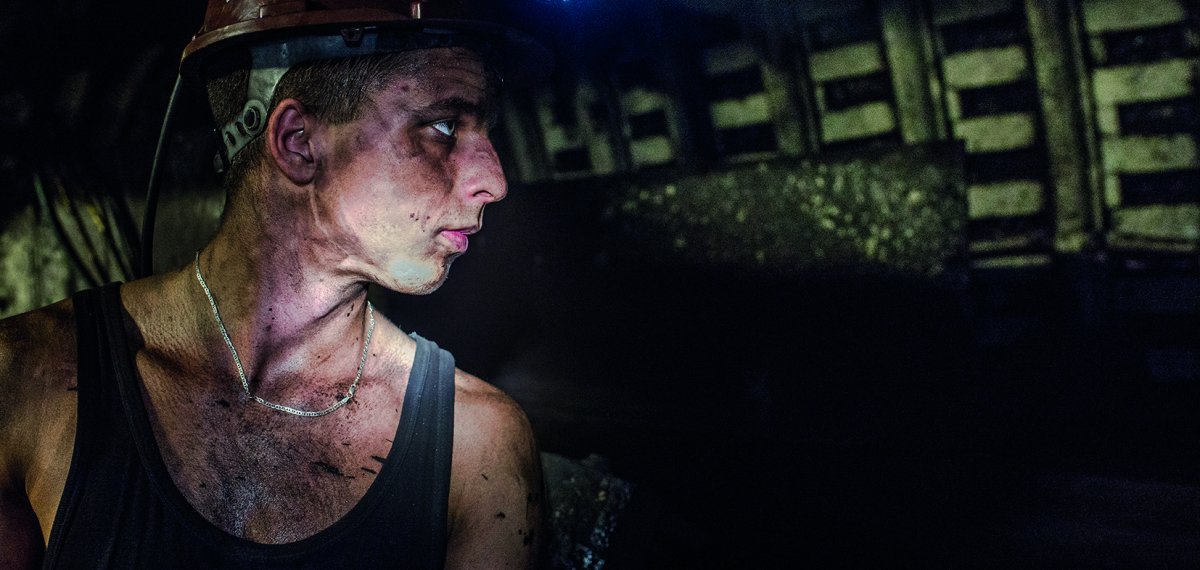Presentation
The last black faces of Poland
The mining industry was long considered a source of national pride in Poland. It is now, however, in decline in this Eastern European country. In an age when capitalism is celebrated and the need to develop clean energies is becoming urgent, there are fewer and fewer of these miners, yet they are still as highly regarded as teachers and doctors. There are now 100,000 of them, compared to 400,000 in 1990.
Incredibly, coal still accounts for 80% of the country’s electricity. From the bowels of the Earth where men wade through mud in the stifling heat to the towns of Radlin, Budryk and Bytom and the brick buildings turned blacked by pollution, Polish photographer Kasia Strek explores the recollections of a vanishing world.
The mining industry was long considered a source of national pride in Poland. It is now, however, in decline in this Eastern European country. In an age when capitalism is celebrated and the need to develop clean energies is becoming urgent, there are fewer and fewer of these miners, yet they are still as highly regarded as teachers and doctors. There are now 100,000 of them, compared to 400,000 in 1990.
Incredibly, coal still accounts for 80% of the country’s electricity. From the bowels of the Earth where men wade through mud in the stifling heat to the towns of Radlin, Budryk and Bytom and the brick buildings turned blacked by pollution, Polish photographer Kasia Strek explores the recollections of a vanishing world.

© Kasia Strek

Exhibition

A l'Est du nouveau
Poland / born in 1989
The last black faces of Poland
The mining industry was long considered a source of national pride in Poland. It is
now, however, in decline in this Eastern European country. In an age when
capitalism is celebrated and the need to develop clean energies is becoming urgent,
there are fewer and fewer of these miners, yet they are still as highly regarded as
teachers and doctors. There are now 100,000 of them, compared to 400,000 in 1990.
Incredibly, coal still accounts for 80% of the country’s electricity. From the bowels of
the Earth where men wade through mud in the stifling heat to the towns of Radlin,
Budryk and Bytom and the brick buildings turned blacked by pollution, Polish
photographer Kasia Strek explores the recollections of a vanishing world.
The last black faces of Poland
Kasia StrekPoland / born in 1989
The last black faces of Poland
The mining industry was long considered a source of national pride in Poland. It is
now, however, in decline in this Eastern European country. In an age when
capitalism is celebrated and the need to develop clean energies is becoming urgent,
there are fewer and fewer of these miners, yet they are still as highly regarded as
teachers and doctors. There are now 100,000 of them, compared to 400,000 in 1990.
Incredibly, coal still accounts for 80% of the country’s electricity. From the bowels of
the Earth where men wade through mud in the stifling heat to the towns of Radlin,
Budryk and Bytom and the brick buildings turned blacked by pollution, Polish
photographer Kasia Strek explores the recollections of a vanishing world.



